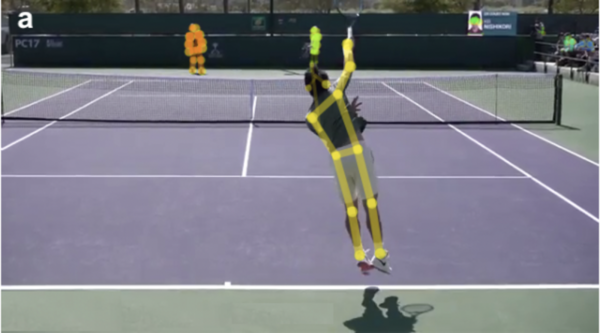
The authors looked at the dynamics of tennis serves from professional and amateur athletes.
Read More...Analysis of professional and amateur tennis serves using computer pose detection

The authors looked at the dynamics of tennis serves from professional and amateur athletes.
Read More...Gender disparities in tennis media

The authors analyze differences in sports commentary between men's matches and women's matches during the 2023 US Open.
Read More...